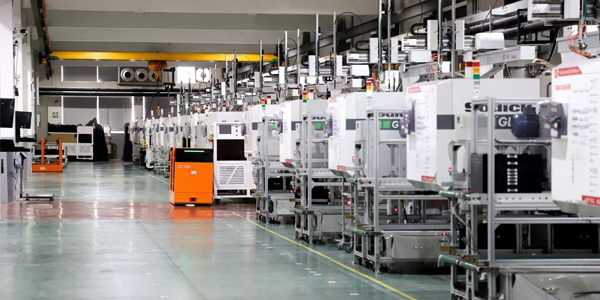What does it mean to “optimize” the plastic injection molding process? In general, this means that the process flow must be carefully controlled to achieve the most valuable and efficient process. Here’s a look at five tips for doing this.
- Quality control by manufacturing samples.
Of course, quality control is a critical part of the overall molding production process and is usually done in post-production, while quality control of sample parts is different. In pursuit of optimization of the injection molding process, sample parts play a key role. They don’t have to run the risk of full production testing and optimization. In addition, they provide a better understanding of the process and how the machine is operating up front in a more controlled environment.
By evaluating a sample production process for a limited part run, it is possible to get a first-hand look at how the entire process is going, assessing part quality, shot size, and melting temperature of the actual batch of resin on hand. The results that can be obtained from sample runs and robust quality control reviews often make up for the time and money you spend.
- Mold testing and evaluation.
Checking the function of the mold while using the desired material can also yield significant gains in optimizing the molding process. The wide variety of resin materials and formulations available means that small differences in viscosity, melt temperature, mold temperature, etc. can add up to create cumulative fluctuations and changes in the molding process, resulting in part scrap and process inefficiencies . Some of the keys to mold testing are short shot testing, fill rate and pattern, and pressure profile evaluation, etc.
- Test and adjustment of mold and injection molding process.
After you have helpful information from mold testing and sample part quality control, fine-tuning can be made, which can benefit greatly in process optimization and efficiency. For example, if short time issues or inconsistent fill times are encountered, the design and layout of the mold can be adjusted to optimize for those issues. If the mold temperature is inconsistent or outside the acceptable range, it can be adjusted for optimal heating and cooling times.
- Process parameters and performance range.
From machinery to mold to resin, every part of the plastic injection molding process has an acceptable range of properties. As you make incremental (or significant) adjustments to process components using the tangible results of your tests, the results can start to add up until you get a sense of profit, results, and the value you’re able to deliver to your customers.
- Create or follow a given experimental design process.
Repeated processes will yield reliable acceptable part rates, allow for easy troubleshooting, and give the operator the best possible understanding of how the process works. Repeatability is also a key factor that must be kept in mind when conducting tests to optimize the injection molding process.
A “design of experiments” essentially means that you are executing your tests in a planned, structured and documented manner. This means that any violations or other issues found can be easily traced back to their specific source.

